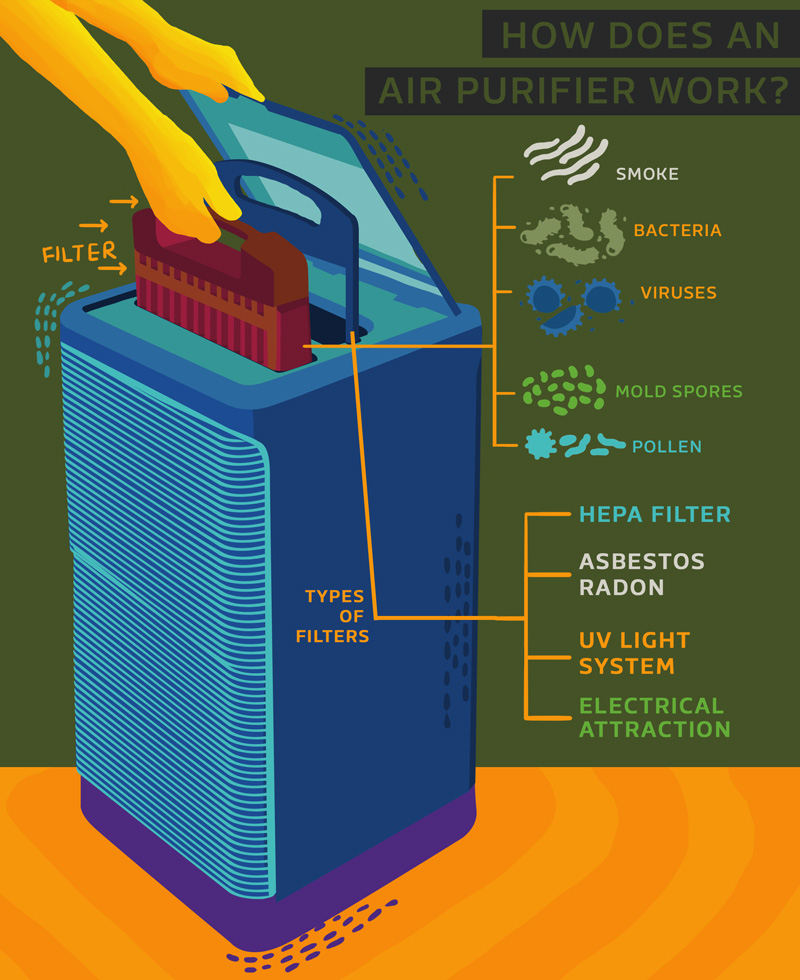The Ultimate Guide To Recognizing Warm Pumps - How Do They Work?
The Ultimate Guide To Recognizing Warm Pumps - How Do They Work?
Blog Article
Composed By-Forrest Best
The best heat pumps can save you substantial quantities of money on energy costs. They can likewise help in reducing greenhouse gas discharges, specifically if you use electrical energy in place of fossil fuels like propane and heating oil or electric-resistance heaters.
Heatpump function quite the like a/c unit do. This makes them a sensible choice to traditional electric home furnace.
Just how They Work
Heatpump cool down homes in the summer and, with a little help from electrical power or gas, they offer some of your home's home heating in the winter season. They're a good alternative for people who want to reduce their use of fossil fuels but aren't ready to replace their existing heating system and air conditioning system.
They count on the physical reality that even in air that appears too chilly, there's still power existing: warm air is constantly relocating, and it wants to relocate into cooler, lower-pressure environments like your home.
Many ENERGY STAR certified heatpump operate at close to their heating or cooling capacity throughout most of the year, decreasing on/off cycling and conserving power. For the very best performance, concentrate on systems with a high SEER and HSPF rating.
The Compressor
The heart of the heat pump is the compressor, which is additionally known as an air compressor. This mechanical flowing device makes use of possible energy from power development to raise the pressure of a gas by lowering its volume. It is various from a pump because it only works on gases and can't work with fluids, as pumps do.
Atmospheric air gets in the compressor with an inlet shutoff. It circumnavigates vane-mounted arms with self-adjusting size that divide the interior of the compressor, developing numerous tooth cavities of varying size. The blades's spin forces these tooth cavities to move in and out of stage with each other, pressing the air.
The compressor attracts the low-temperature, high-pressure cooling agent vapor from the evaporator and presses it into the hot, pressurized state of a gas. This process is duplicated as needed to supply heating or air conditioning as needed. The compressor likewise has a desuperheater coil that reuses the waste heat and adds superheat to the refrigerant, changing it from its liquid to vapor state.
The Evaporator
The evaporator in heatpump does the same point as it does in fridges and air conditioning system, altering fluid refrigerant into an aeriform vapor that gets rid of warm from the space. Heatpump systems would not work without this vital piece of equipment.
This part of the system is located inside your home or structure in an interior air handler, which can be either a ducted or ductless unit. It includes an evaporator coil and the compressor that presses the low-pressure vapor from the evaporator to high pressure gas.
https://riverseaoy.csublogs.com/35606212/5-indicators-it-s-time-to-upgrade-your-heater-to-a-heat-pump absorb ambient warmth from the air, and then make use of electricity to move that heat to a home or service in home heating mode. That makes them a whole lot extra energy reliable than electric heating units or furnaces, and due to the fact that they're making use of tidy power from the grid (and not melting fuel), they likewise create much less emissions. That's why heatpump are such fantastic environmental choices. (And also a massive reason why they're ending up being so preferred.).
The Thermostat.
Heat pumps are wonderful options for homes in cold environments, and you can utilize them in combination with conventional duct-based systems or perhaps go ductless. They're an excellent alternative to nonrenewable fuel source furnace or traditional electrical heaters, and they're more lasting than oil, gas or nuclear HVAC devices.
Your thermostat is the most crucial element of your heatpump system, and it functions very in a different way than a standard thermostat. just click the next website (all non-electronic ones) work by using substances that change size with increasing temperature, like coiled bimetallic strips or the broadening wax in a car radiator shutoff.
These strips include 2 different types of steel, and they're bolted together to form a bridge that finishes an electric circuit attached to your heating and cooling system. As heat pump servicing heat pump cleaning gets warmer, one side of the bridge broadens faster than the other, which creates it to flex and signal that the heating unit is needed. When the heatpump remains in home heating setting, the turning around valve turns around the flow of cooling agent, to make sure that the outdoors coil now works as an evaporator and the interior cyndrical tube becomes a condenser.